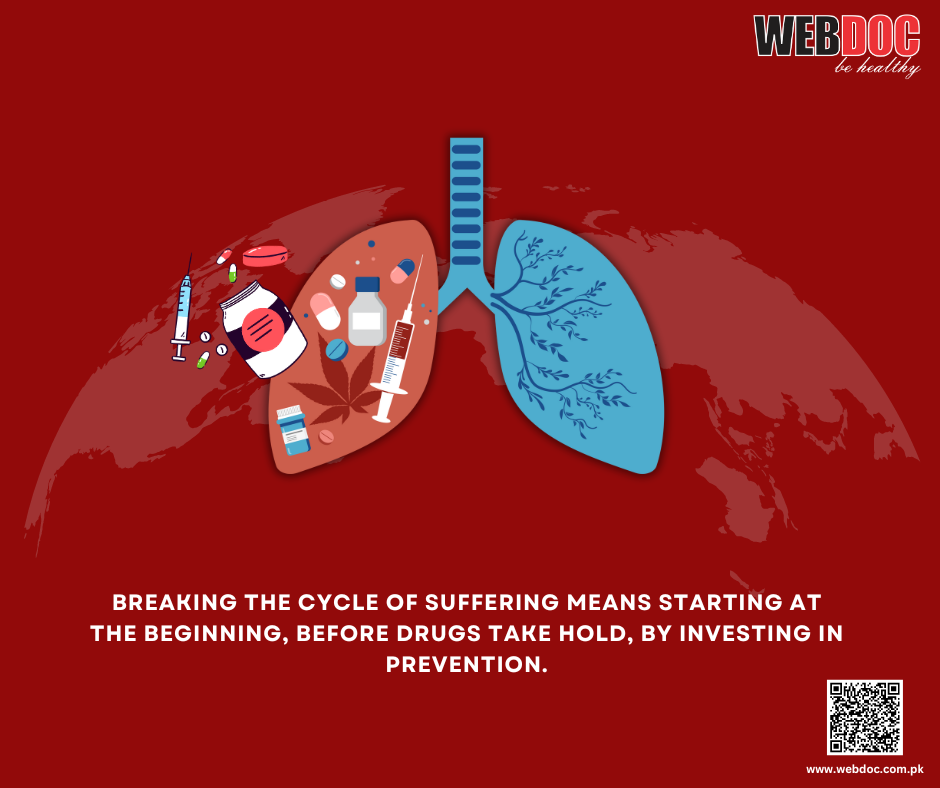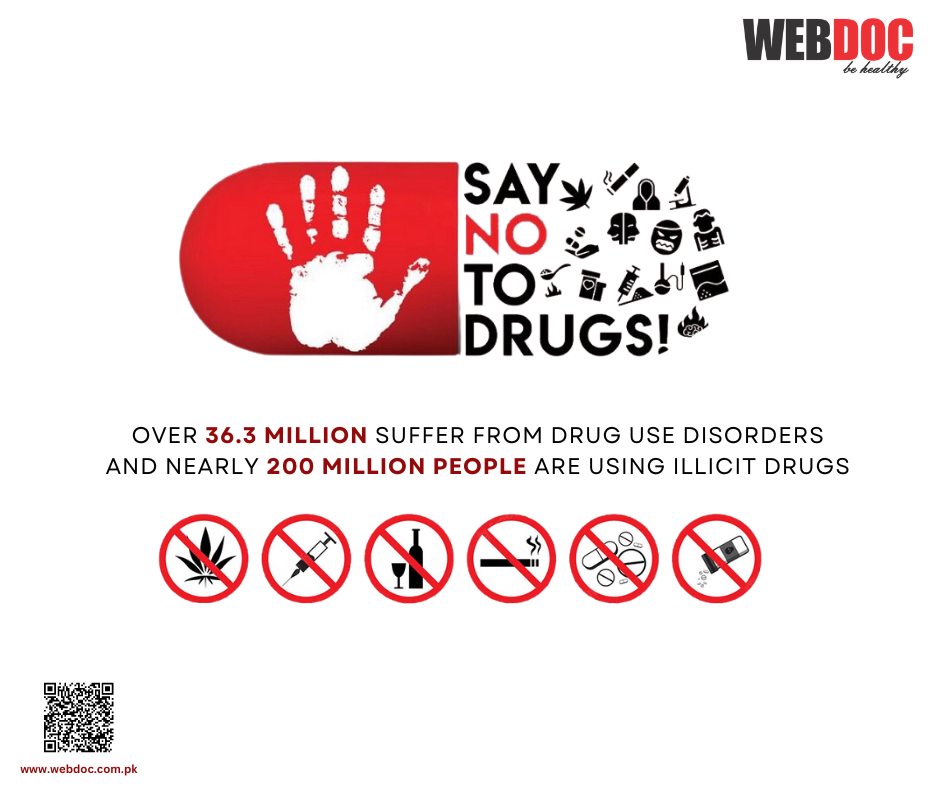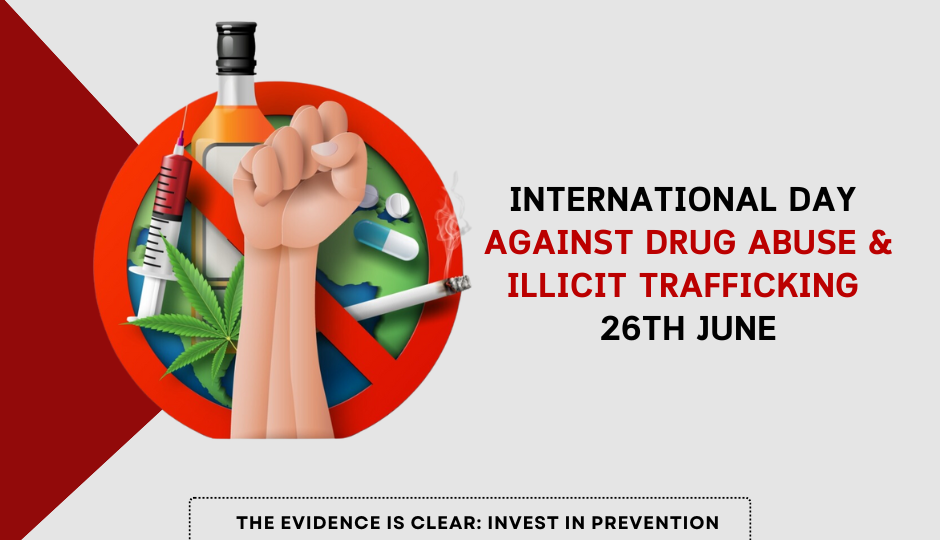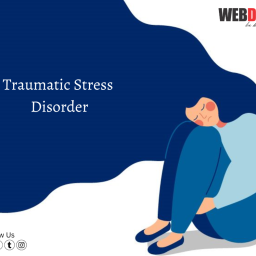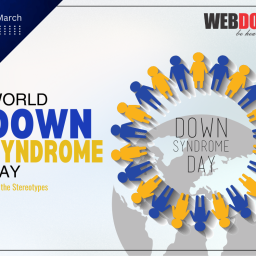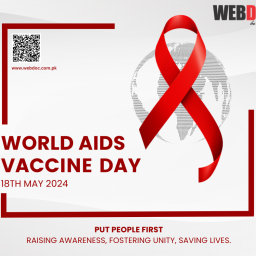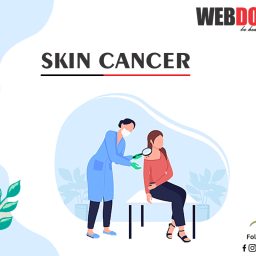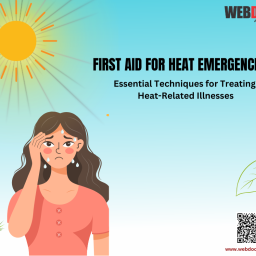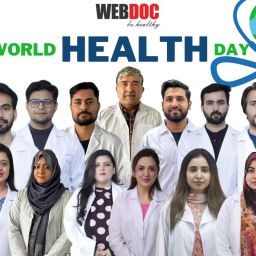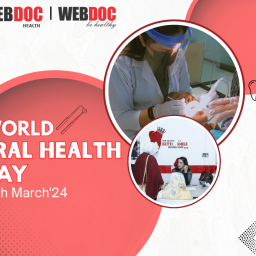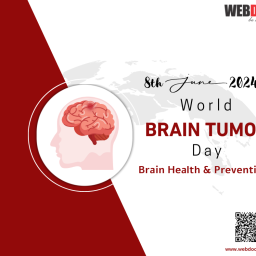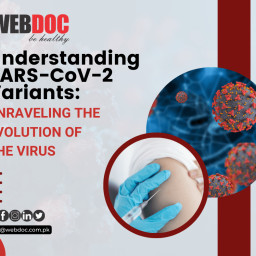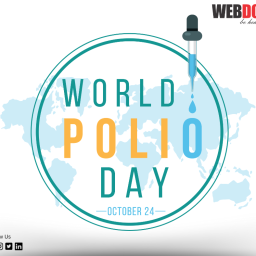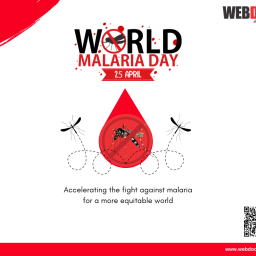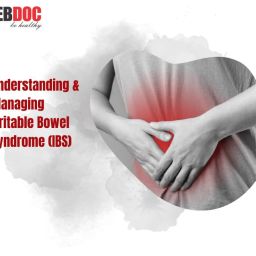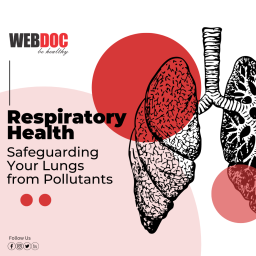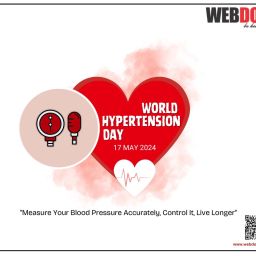A Global Call to Action
The International Day against Drug Abuse and Illicit Trafficking, observed annually on June 26th, stands as a resolute reminder of the critical need to address the complex challenges posed by drug abuse and illicit drug trafficking worldwide. Established by the United Nations General Assembly in 1987, this day underscores the urgency of promoting a healthier, drug-free society through international cooperation and comprehensive strategies.
The Scope and Impact of Drug Abuse
Drug abuse continues to be a significant global issue, affecting millions of individuals, families, and communities. According to the World Drug Report 2023 by the United Nations Office on Drugs and Crime (UNODC), approximately 275 million people worldwide used drugs in the previous year, with 36 million suffering from drug use disorders. The consequences of drug abuse are multifaceted, encompassing health, social, and economic dimensions.
Health implications are particularly severe. Substance abuse contributes to a range of health problems, including mental health disorders, infectious diseases such as HIV/AIDS and hepatitis, and overdose deaths. The opioid crisis, in particular, has led to alarming rates of fatalities, especially in North America. In 2020, the United States recorded over 93,000 drug overdose deaths, a significant increase from previous years, largely driven by synthetic opioids like fentanyl.
Beyond the individual, drug abuse ripples through communities and societies. Families are often torn apart, with children bearing the brunt of the consequences. Social stigmatization and marginalization exacerbate the challenges faced by individuals struggling with addiction, making it harder for them to seek and receive help. Economically, drug abuse leads to substantial costs in healthcare, law enforcement, and lost productivity, amounting to billions of dollars annually.
The Menace of Illicit Drug Trafficking
Illicit drug trafficking fuels the global drug problem, perpetuating cycles of violence, corruption, and instability. Transnational criminal organizations and drug cartels exploit vulnerabilities in border controls and law enforcement to transport drugs across continents. The trade in illicit drugs generates immense profits, estimated at hundreds of billions of dollars annually, which are often funneled into other criminal activities, including human trafficking and arms smuggling.
Regions such as Latin America, West Africa, and Southeast Asia are particularly affected by drug trafficking. In Latin America, countries like Colombia, Mexico, and Peru have been at the forefront of the fight against powerful drug cartels. Despite significant efforts, these countries continue to grapple with violence and corruption linked to the drug trade. In West Africa, weak governance structures and porous borders make the region a transit hub for drugs destined for Europe and North America. Meanwhile, Southeast Asia faces challenges with the production and trafficking of synthetic drugs, notably methamphetamine.
Global Efforts and Strategies
The International Day against Drug Abuse and Illicit Trafficking serves as a platform for raising awareness and galvanizing action at all levels. Governments, international organizations, civil society, and individuals are called upon to contribute to the global fight against drug abuse and illicit trafficking. Key strategies include prevention, treatment, law enforcement, and international cooperation.
Prevention and Education:
Prevention is the cornerstone of efforts to combat drug abuse. Public awareness campaigns aim to educate individuals, particularly youth, about the dangers of drug use and the importance of making healthy choices. Schools play a crucial role in this regard, implementing programs that foster resilience and life skills to resist peer pressure and cope with stress.
Media campaigns, community outreach, and partnerships with non-governmental organizations (NGOs) further amplify prevention efforts. Social media and digital platforms have become essential tools for reaching a broader audience, disseminating information, and engaging communities in dialogue about drug-related issues.
Treatment and Rehabilitation:
Effective treatment and rehabilitation are vital for helping individuals overcome addiction and reintegrate into society. A comprehensive approach to treatment includes medical, psychological, and social support. Evidence-based interventions, such as medication-assisted treatment (MAT) for opioid use disorders and cognitive-behavioral therapy (CBT), have shown promising results.
Access to treatment remains a significant challenge in many regions. Stigma, lack of resources, and inadequate healthcare infrastructure hinder efforts to provide adequate care for those in need. Expanding access to treatment services, improving healthcare delivery systems, and integrating substance abuse treatment into primary healthcare are critical steps in addressing these gaps.
Law Enforcement and Criminal Justice:
Law enforcement agencies play a crucial role in disrupting drug trafficking networks and reducing the availability of illicit drugs. International cooperation is essential for tackling the transnational nature of drug trafficking. Organizations such as INTERPOL, the United Nations Office on Drugs and Crime (UNODC), and regional bodies facilitate collaboration between countries, sharing intelligence, and coordinating joint operations.
However, a balance must be struck between law enforcement and public health approaches. Overly punitive measures can exacerbate the problem, driving individuals further into the shadows and away from treatment and support. Criminal justice reforms, such as decriminalization of drug use and diversion programs, seek to redirect efforts towards rehabilitation rather than punishment.
International Cooperation and Policy Frameworks:
Global cooperation is fundamental in addressing the complex and interconnected issues of drug abuse and trafficking. The United Nations plays a pivotal role in fostering international dialogue and coordination. The Single Convention on Narcotic Drugs (1961), the Convention on Psychotropic Substances (1971), and the United Nations Convention against Illicit Traffic in Narcotic Drugs and Psychotropic Substances (1988) form the cornerstone of the international drug control framework.
The UNODC, through its various programs and initiatives, supports member states in implementing these conventions and developing comprehensive drug control strategies. Regional organizations, such as the European Union, the African Union, and the Organization of American States, also contribute to collaborative efforts, addressing regional specificities and fostering cross-border cooperation.
Moving Forward: Challenges and Opportunities
While significant progress has been made in addressing drug abuse and illicit trafficking, numerous challenges remain. The evolving nature of the drug problem, with the emergence of new psychoactive substances and changing patterns of drug use, necessitates adaptive and innovative approaches. The COVID-19 pandemic has further complicated efforts, disrupting treatment services and exacerbating vulnerabilities.
Addressing the Social Determinants of Drug Abuse:
To effectively combat drug abuse, it is crucial to address the underlying social determinants that contribute to substance use. Poverty, unemployment, lack of education, and social inequality are significant risk factors. Policies aimed at improving socioeconomic conditions, providing educational and employment opportunities, and reducing social disparities can have a profound impact on preventing drug abuse.
Strengthening Healthcare Systems:
Robust healthcare systems are essential for providing timely and effective treatment for substance use disorders. Investment in healthcare infrastructure, training of healthcare professionals, and integration of substance abuse treatment into primary healthcare services are critical steps. Telehealth and digital health platforms have shown promise in expanding access to care, particularly in remote and underserved areas.
Promoting Harm Reduction:
Harm reduction strategies, such as needle exchange programs, supervised injection sites, and distribution of naloxone to prevent overdose deaths, are essential components of a comprehensive response to drug abuse. These interventions prioritize the health and well-being of individuals, reducing the negative consequences of drug use and providing pathways to treatment and recovery.
Enhancing Data Collection and Research:
Accurate data and research are fundamental for informed policy-making and effective interventions. Strengthening data collection systems, conducting epidemiological studies, and promoting research on emerging trends and best practices are essential for understanding the dynamics of drug abuse and trafficking and developing evidence-based strategies.
Conclusion
The International Day against Drug Abuse and Illicit Trafficking is a powerful reminder of the global commitment to addressing the pervasive issues of drug abuse and illicit trafficking. Through prevention, treatment, law enforcement, and international cooperation, the international community can make significant strides towards a healthier, safer, and more just world. It is a collective responsibility to work together, leveraging resources, knowledge, and compassion, to combat the scourge of drugs and build a brighter future for generations to come.
